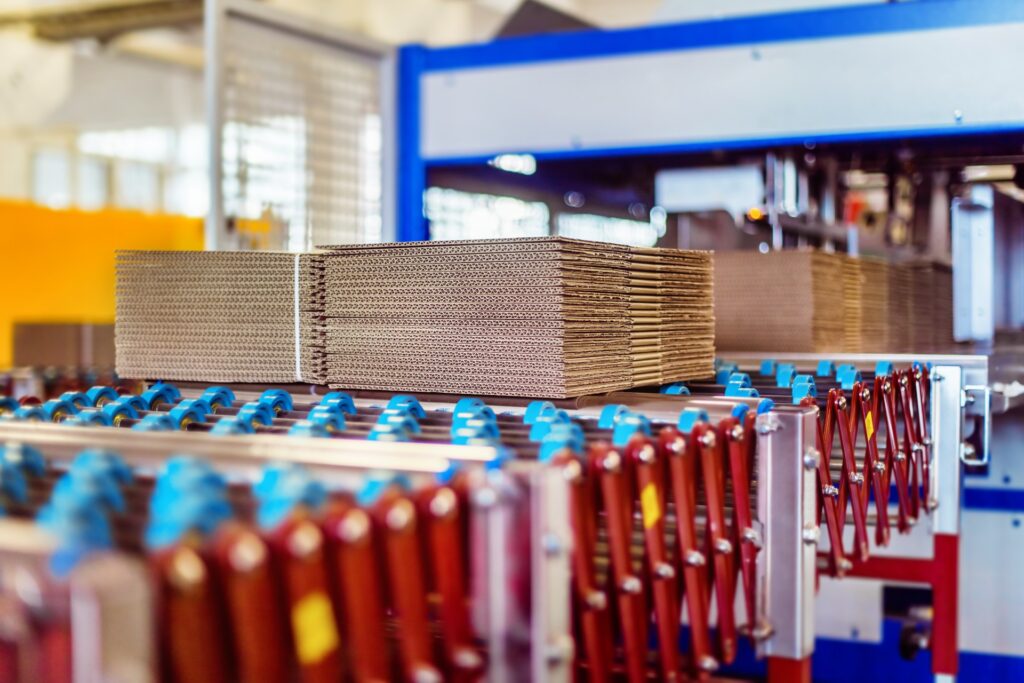Your company can save thousands each year in otherwise lost production time and unnecessary repair expense by optimizing your hot melt adhesive and hot melt adhesive application.
Clogged adhesive lines due to “char”— carbon buildup—costs companies thousands of dollars each year in production downtime and repairs. A recent new Evans customer met their operations budget goals by eliminating production bottlenecks caused by their previous adhesive.
If your company is using traditional 350F applied hot melt adhesives, your adhesive applicator system has a higher probability of developing char over time, even with diligent preventative maintenance. And when char buildup reaches the critical stage, it will clog adhesive applicator lines, resulting in unsealed packages and production line stoppages.
The Top 3 ways to significantly lower the probability or eliminate char with selecting a hot melt adhesive and your hot melt application equipment.
- Use a low application temperature hot melt adhesive to reduce heat exposure.
- Use a premium grade 350F applied adhesive which stays stable under typical heat exposure.
- Use melt on demand hot melt application equipment to limit heat exposure.
Check out our selection guide table which guides your adhesive selection in a systematic order to review your needs in a logical process. For example, our guide first asks if your operation can use hot melts from our premium no char hot options and then directs the decision to review if you can use low application temperature grades as the second analysis step or need to review the 350F application grades as a third step. Check out our table with the key reasons other customers have found success and contact us to begin an assessment today.


